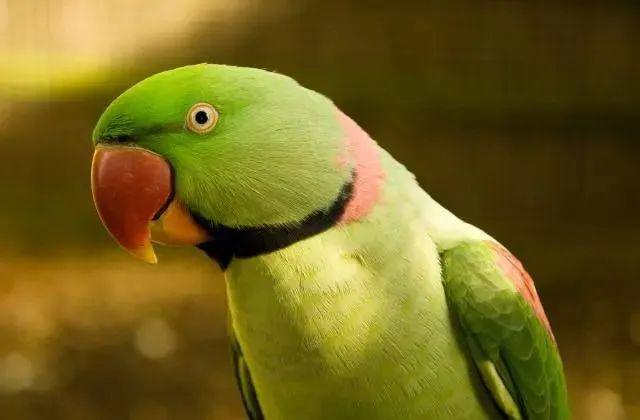Origins
The Alexandrine Parakeet, also known as the Alexandrine Parrot, is a large, vibrant, and self-reliant bird native to East India, Hyderabad, Andhra Pradesh in the South, and Sri Lanka. Named after Alexander The Great, who reportedly had numerous Alexandrine parrots exported to Europe and the Mediterranean, it was a popular pet among nobility and the upper class.
Alexandrine Parakeets are large birds, reaching up to 25 inches in length, much of which is due to their long, elegant tail feathers. They have a powerful beak, ideal for cracking seeds. Their coloring is predominantly green, with blue-grey on the cheeks and back of the neck, a yellow-green abdomen, and a red patch on the shoulders.
Alexandrine Parakeets are known for their loyal, playful, and talkative nature. They form strong bonds with their human caregivers and can be quite affectionate. These birds are highly intelligent, capable of learning a variety of tricks, and are known for their impressive vocabulary.
Alexandrine Parakeets require a balanced diet of seeds, fruits, and vegetables. They enjoy toys and perches in their cage for mental stimulation and exercise. Alexandrines also enjoy social interaction and benefit from daily out-of-cage time in a safe, bird-proofed area.
Alexandrine Parakeets typically live up to 30 years in captivity with proper care. Regular veterinary check-ups can help detect and prevent potential health issues such as Polyomavirus, Psittacosis, and Aspergillosis.
Alexandrine Parakeets are suitable pets for both novice and experienced bird keepers due to their friendly nature and relatively easy care requirements. Early socialization and gentle handling can help foster a strong bond with their owners. Alexandrines are intelligent birds and can be trained to learn tricks, step up onto your finger, and mimic sounds or phrases.
The Alexandrine Parakeet is not currently classified as threatened or endangered. However, as with all pet birds, it’s important to ensure that any bird purchased as a pet has been bred in captivity, not caught from the wild.
Between the ages of 4 and 12 months old, Alexandrine Parakeets go through a stage known as “bluffing” or adolescence. During this time, they go through hormonal changes which can lead to biting and showing aggression towards their owner.
Some breeders have been creating hybrid color mutations of the Alexandrine Parakeet by crossbreeding them with a close relation, the Indian Ringneck Parakeet. This has led to some beautiful and sought-after color varieties of the Alexandrine, including a ‘Lutino’ (all yellow with red markings) and a ‘Blue Lutino’ (a mutation that comes in striking shades of cobalt blue and turquoise).


